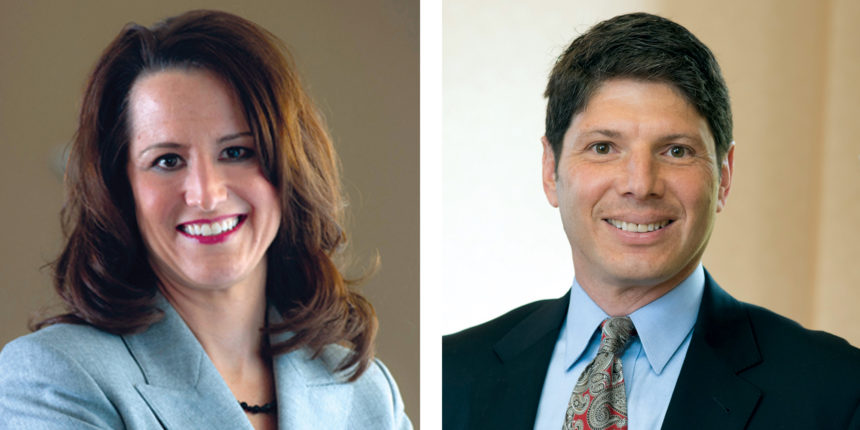
As an organization that embraced the Triple Aim several years ago, Centrex Rehab saw PDPM, which stands for Medicare’s new Patient Driven Payment Model, as a new reimbursement method in alignment with the Triple Aim.
After working with PDPM for a few months, what have we learned? Are things working the way they are supposed to? We would say yes, with some hiccups.
We have seen repeated “final” versions of the CMS Grouper software requiring updates and causing claims to be on hold until the end of November 2019. Some have seen challenges to setting the assessment reference dates while considering multiple contributing factors. We have found that new clinicians, who have had little to no experience in delivering therapy in a group or concurrent mode, need support in the clinic regardless of education provided prior to PDPM starting.
We have researched and determined which Medicare replacement plans would follow PDPM as the reimbursement model. We have found that most, but not all, are following PDPM and those that do may be doing so with variation from the CMS standard.
Like most readers of this blog, you probably started preparing at least a year ahead of Oct. 1, 2019, for PDPM. You may have had certain initial beliefs that changed. For instance, PDPM would look at patient-centered and outcome driven care while getting away from the counting of minutes.
Though we agree with the patient centeredness and outcomes, the elephant in the room centers around reporting minutes — perhaps with good reason when you put your “Medicare boots on.” However, the message may come across as a lack of trust. Therefore, CMS requires continued reporting of total minutes and days for the episode of therapy.
Perhaps some of you went into planning for PDPM thinking that you would not have to significantly change staffing patterns. Depending upon the impact of the final design of PDPM and your business structure, this decision may have changed. If you are similar to Centrex Rehab, it likely pained you to consider and resolve laying off any therapy staff.
Another challenge centered on provision of speech language pathology (SLP) services. Many in the industry were excited about the prospect that the complexity of cognition would be part of the SLP case mix consideration, which is a significantly impacting complexity. However, we later discovered the base rate of SLP would be significantly impacted as part of this budget-neutral reimbursement model.
Over the course of the six months prior to Oct. 1, our clinical staff started receiving organization-driven education about PDPM in addition to outside education opportunities. So where are we now? We do support and encourage our clinical staff to make use of clinically appropriate group and/or concurrent modes of therapy delivery, which is consistent with regulatory compliance. We utilize various resources from our professional associations that offer clinical support.
Overall, PDPM has contributed to fostering looking at our efficiencies, improving interdisciplinary communication and becoming an even better partner with our skilled nursing clients. This has contributed to providing the right care at the right time in the right place to get those outcomes that we and our patients, as well as the payers, desire. So yes, overall, do we better align with the goals of the Triple Aim? We would say yes, while still watching the somewhat turbulent waters like a captain successfully navigating a ship!
Kristy Wikum, MS, CCC-SLP, has more than 25 years of management experience as CEO/ president of Centrex Rehab and former executive director at Augustana Therapy Services.
Clinical physical therapy specialist Matthew Mesibov, PT, GCS, is responsible for providing clinical support to the physical therapists and physical therapy assistants at Centrex Rehab.






